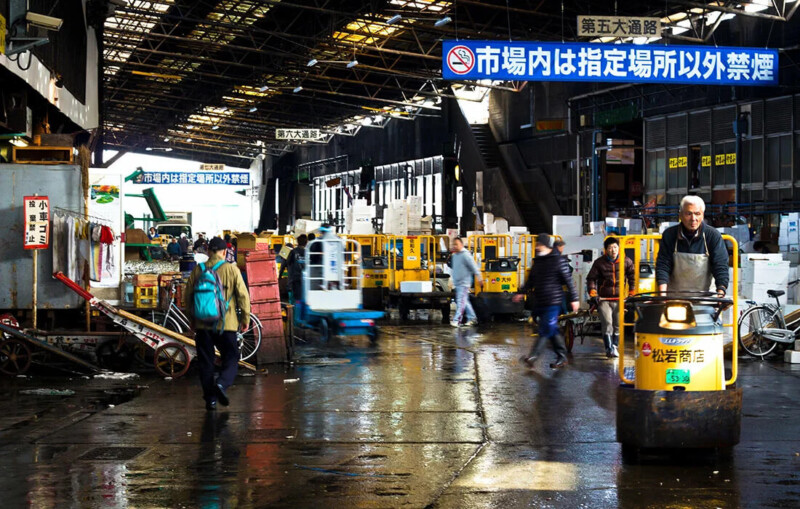
For many years, China has been the go-to destination for manufacturers. However, in recent years, there has been a growing trend for businesses looking to source their products from other countries. There are several reasons for this, including rising labor costs in China, the need to diversify supply chains, and the desire to build closer relationships with local manufacturers.
If you are on a quest to find out how to find manufacturers outside of China, we understand that it can feel like embarking on a grand adventure. Just like any journey, it comes with its own set of challenges, surprises, and triumphs. You will need to have the tips for sourcing outside of China at your fingertips. To begin with, it is important to understand the challenges that you are likely to encounter and how to overcome them.
In this article, we will delve into the secrets of finding manufacturers outside of China, discussing the challenges involved and providing effective solutions, practical tips, and valuable hacks. By implementing these strategies, you can enhance your sourcing capabilities and unlock success. But before we begin, why not China? After all, the country is known as “the world’s factory.”
There are a number of reasons for this trend: Some of these key factors include:
- The cost of manufacturing in China has been rising in recent years. While China has traditionally been known for its low labor and production costs, manufacturing expenses have been increasing steadily over the years. Rising wages, stricter labor regulations, and higher operational costs have led businesses to explore alternative manufacturing destinations where costs may be lower.
- Competitive advantages and specializations: Different countries excel in specific industries or offer unique advantages. Businesses may choose to manufacture in countries known for their expertise in particular sectors, such as automotive manufacturing in Germany or electronics manufacturing in South Korea.
- Access to new markets: Manufacturing outside of China can provide businesses with easier access to local or regional markets in other parts of the world. Producing goods closer to target markets can result in shorter lead times, reduced transportation costs, and improved responsiveness to customer demands.
- Trade and tariff considerations: Geopolitical dynamics and changes in trade policies, such as tariffs and trade agreements, can influence manufacturing decisions. Businesses may choose to manufacture outside of China to avoid trade barriers, reduce tariff costs, or comply with preferential trade agreements that offer competitive advantages.
- Diversification of supply chains: Dependence on a single manufacturing source, such as China, can pose significant risks to businesses. Disruptions caused by natural disasters, Political instability, trade disputes (China-US trade tensions), or global events like the COVID-19 pandemic have highlighted the importance of diversifying supply chains. By manufacturing in multiple countries or regions, businesses can mitigate risks and ensure continuity of production.
- Technological expertise and innovation: Some businesses seek manufacturing destinations known for their advanced technological capabilities and expertise in specific industries. Certain countries have invested heavily in research and development, innovation, and advanced manufacturing technologies, making them attractive options for companies looking to leverage cutting-edge technologies.
However, it is wise to note that the decision to manufacture outside of China varies depending on factors such as the nature of the industry, market dynamics, business strategies, and individual company requirements. Each business evaluates these factors to determine the optimal manufacturing locations for their specific needs.
I. The Challenges of Finding Manufacturers Outside of China:
- Lack of information: There is often less information available about manufacturers outside of China, which can make it difficult to find the right supplier for your needs.
- Language barriers: Many countries outside of China have different languages, which can make it difficult to communicate with potential suppliers.
- Logistics and transportation: Sourcing from non-Chinese manufacturers requires careful consideration of logistics and transportation to ensure timely delivery and cost-effectiveness.
- Quality control: Evaluating the quality and reliability of manufacturers outside of China can be complex, necessitating thorough inspections and reliable verification methods.
- Cultural differences: The cultures of different countries can vary greatly, which can lead to misunderstandings.
II. Solutions for Finding Manufacturers Outside of China:
- Extensive Research: Before you start contacting manufacturers, it’s important to do your research and understand the different countries and regions where you’re interested in sourcing. This will help you narrow down your options and find the best suppliers for your needs.
- Networking and Collaboration: Engage in industry networks, attend trade shows, and collaborate with professionals experienced in sourcing from non-Chinese manufacturers.
- Utilize sourcing platforms: Leverage reliable sourcing platforms specializing in connecting businesses with manufacturers worldwide. There are several online resources that can help you find manufacturers outside of China such as Alibaba, Global Sources, and Made-in-China.com.
- Use local sourcing agents: A sourcing company like Zignify Global Product Sourcing can help you find legit manufacturers, negotiate prices, and ensure that your products are made to your specifications. Sourcing companies can offer so many other services such as helping communicate with suppliers in their native language to avoid any misunderstandings.
- Be clear about your expectations: When you’re communicating with manufacturers, it’s important to be clear about your expectations. This includes your budget, your timeline, and your quality requirements.
- Build trust with the suppliers: This will take time and effort, but it’s essential for a successful long-term relationship.
III. Tips and Hacks for Successful Manufacturer Sourcing:
- Thorough due diligence: Verify credentials, inspect facilities, and request samples to ensure the reliability and quality of potential manufacturers.
- Embrace technology: Leverage digital tools and platforms to research, streamline communication, product design collaboration, and order management.
- Stay updated on market trends: Stay updated with evolving market trends and shifts in manufacturing landscapes to identify emerging opportunities outside of China.
- Build strong relationships: Building relationships with manufacturers is essential for long-term success. By taking the time to get to know your suppliers, you can build trust and ensure that you’re getting the best possible products and services.
- Use keywords: When you’re searching for manufacturers online, it’s important to use relevant keywords and be specific. This will help you find the most relevant results and improve your chances of finding a good supplier.
- Visit the suppliers in person. This is the best way to get to know them and their capabilities.
- Be prepared to compromise. You may not be able to get everything you want, so be prepared to negotiate and compromise.

Our Takeaway
Sourcing manufacturers outside of China can be challenging, but it can also offer tremendous potential to save on costs, diversify your supply chain, expand your business, and build stronger relationships with your suppliers.
By understanding the challenges involved and implementing the solutions, tips, and hacks outlined in this article, you can enhance your sourcing capabilities and achieve success in your global sourcing quest.
Remember to stay informed, adapt to cultural differences, and maintain flexibility as you navigate the evolving landscape of finding manufacturers outside of China. Empower your business and unlock new possibilities in the global market through effective sourcing practices. Your successful journey to manufacturing outside of China begins now!
